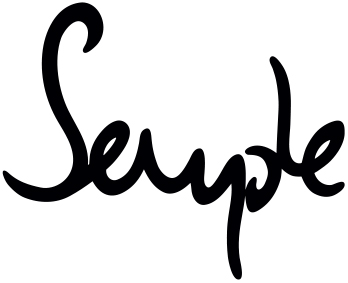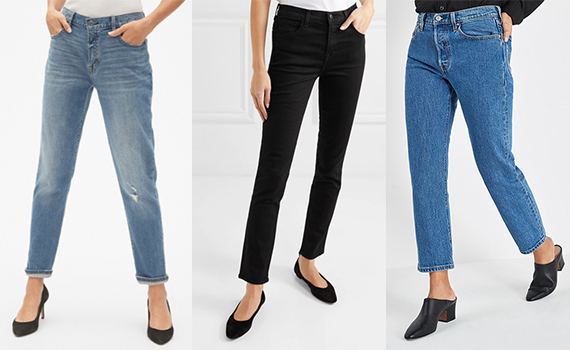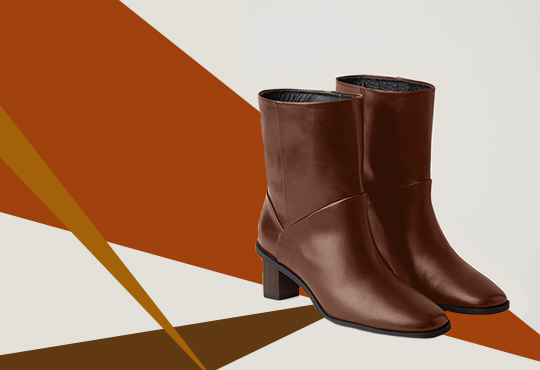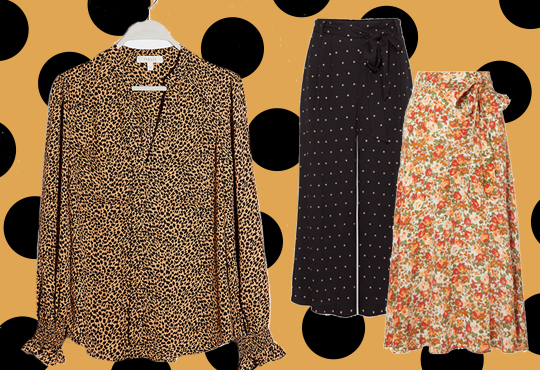Previously associated with bad boys like James Dean and loveable rogues such as the Fonz, leather has become a staple in the fashionista’s wardrobe. Season after season sees a new take on the leather jacket and this Autumn/Winter will see leather quickly become your most versatile item. From leather vests at Antipodium to leather dresses at Oasis it’s come a long way from the tough, heavy material used by our ancestors.
It is hard to pin down exactly when we started using leather in fashion, because leather predates fashion by a good few years. Evidence suggests that even in prehistoric times leather was used as clothing. Made from tanned hide, leather can come from any animal with a skin, though the most common leathers are usually from cattle. Primitive societies throughout the world have each independently developed their own techniques of turning hide into leather and preserving the skin through the use of natural dyes.
Due to its resistance to abrasion and the strength of the fabric, leather has long been used as protective clothing; Roman soldiers would wear heavy leather shirts and in more recent history, leather chaps would be worn by cowboys to protect them while riding. Even today leather is still used for protection; the strong fabric protects motorcyclists from wind burn and road rash and offers much more protection in a crash than other hard wearing fabrics, such as denim. As yet there has been no synthetic material created strong enough to replace leather.
In the 1980’s leather became popular with punk culture and heavy metal fans whose clothing choices were determined by going against the popular trends. Ironically leather and grunge/punk has been one of the longstanding anti-trends that never quite fade away completely. Whilst a couple of decades ago anything more than a leather jacket would seem to be edging into fetish territory, advancements in the techniques of producing leather has made it much more versatile, many designers will now use leather trim or soft leathers to produce dresses, skirts and even t-shirts.
Recently fashion has developed a conscious, meaning designers now have to justify their use of materials. Some designers have started to turn away from traditional bovine leathers and seek out more eco-friendly, sustainable leathers such as eel skin. As eels shed their skin naturally this is farmed at no harm to the eel and produces buttery soft leather that is just as hard wearing and durable. Accessories designer, Heidi Mottram is considered an expert in the use of eel skin, “Eel skin leather was my starting point.” says Heidi, “It is feather light (great for those of us that carry our entire lives in our bags) and sumptuously soft. The colours are so vibrant too. This leather was definitely my first love when entering the accessories business.
The beautiful Eel skin bags are stocked worldwide, so ensuring that they are ethically produced is important to Heidi, “I love exotic skins but I can’t support skins from creatures harmed purely for their skin. The natural markings and variety in textures are far more interesting than pure cowhide. By-product exotic leathers however have allowed me to create more unusual accessories whilst maintaining my ethics.” It’s not just Eel skin says Heidi, “In addition to eel, I have started to use salmon and poulard leather. We will also be introducing wolf fish and perch too, which I am super excited about as they are beautiful!”
This season many of the high streets have followed suit producing dresses, skirts and tops in super soft and ultra flattering leathers. This hardwearing and versatile fabric remains a popular choice and with designers like Heidi ensuring we produce our leathers ethically it looks set to be around for a while longer yet.
Samantha Vandersteen



